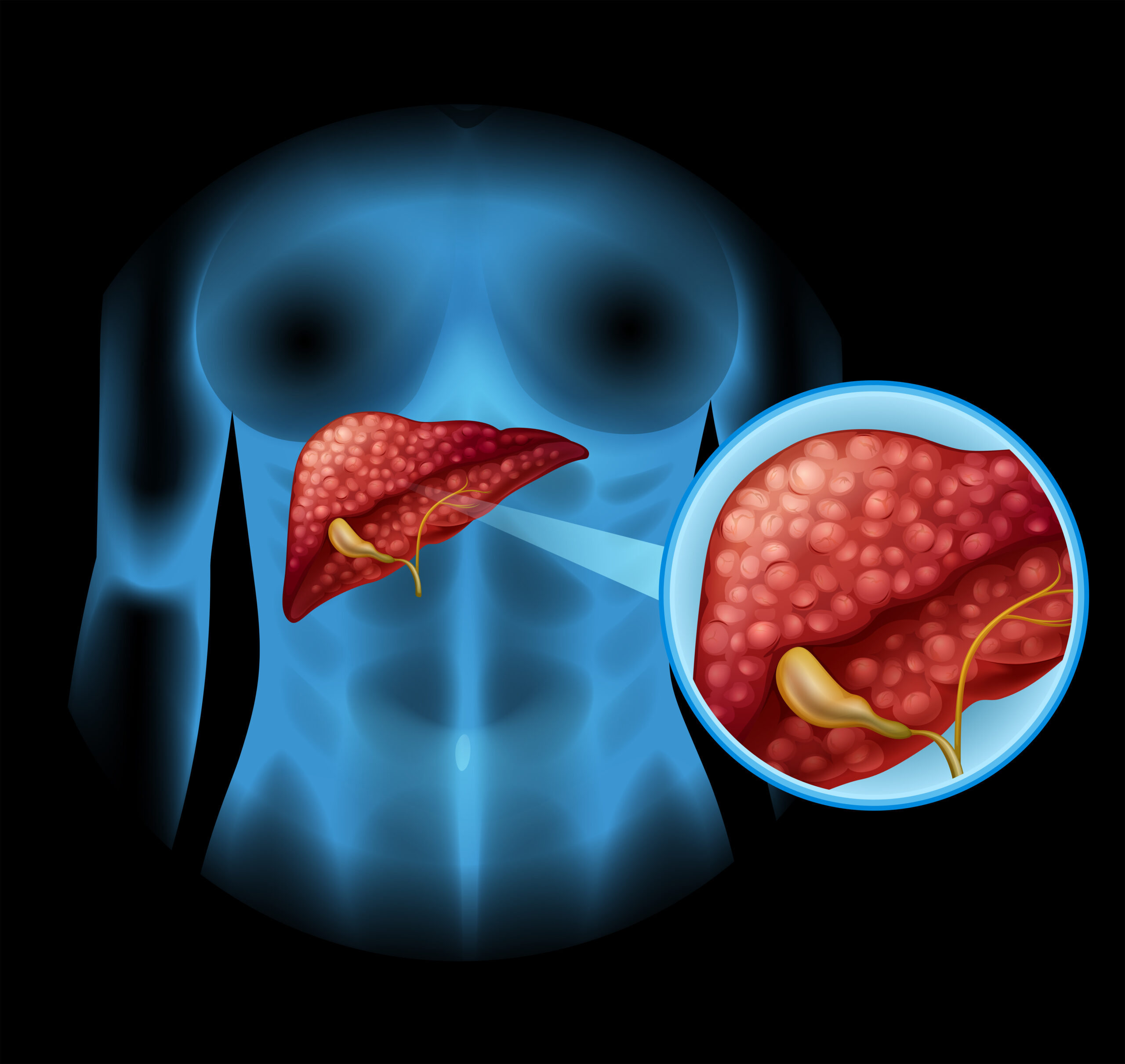
Introduction:
Acute on Chronic Liver Failure (ACLF) is a critical medical condition characterized by the sudden deterioration of liver function in individuals who already have pre-existing chronic liver disease. This complex syndrome poses significant challenges in diagnosis, management, and prognosis. Understanding its underlying causes, identifying symptoms, and exploring treatment options is crucial for both healthcare providers and patients.
Causes:
ACLF typically occurs in individuals with chronic liver diseases such as cirrhosis, hepatitis B or C, alcoholic liver disease, or non-alcoholic fatty liver disease. Various precipitating factors can trigger the acute deterioration of liver function, leading to ACLF. These triggers may include bacterial infections, alcohol abuse, gastrointestinal bleeding, hepatotoxic drugs, and acute hepatitis flare-ups.
Pathophysiology:
The pathophysiology of ACLF involves a cascade of events leading to liver dysfunction, systemic inflammation, and multi-organ failure. Chronic liver disease sets the stage by inducing liver fibrosis, impairing liver regeneration, and compromising immune function. When acute insults occur, they exacerbate existing liver damage, leading to a rapid decline in liver function and the onset of ACLF. Systemic inflammation and immune dysregulation further contribute to the progression of organ failure, particularly affecting the kidneys, brain, and lungs.
Symptoms:
The symptoms of ACLF can vary widely depending on the severity of liver dysfunction and the presence of associated complications. Common symptoms include jaundice (yellowing of the skin and eyes), ascites (abdominal fluid accumulation), hepatic encephalopathy (confusion and cognitive impairment), gastrointestinal bleeding, fatigue, and signs of multi-organ failure such as kidney dysfunction and respiratory distress.
Diagnosis:
Diagnosing ACLF requires a thorough clinical assessment, laboratory tests, imaging studies, and sometimes liver biopsy. Laboratory tests may reveal abnormalities in liver function tests, coagulation parameters, and markers of inflammation. Imaging studies such as ultrasound, CT scan, or MRI can help assess liver architecture and detect complications like ascites or portal vein thrombosis. Liver biopsy may be necessary to evaluate the extent of liver damage and rule out other liver diseases.
Treatment:
The management of ACLF is multidisciplinary and aims to stabilize the patient, treat underlying causes, and prevent complications. Hospitalization is often necessary for close monitoring and supportive care. Treatment strategies may include:
- Addressing precipitating factors: Identifying and treating underlying triggers such as infections, alcohol withdrawal, or gastrointestinal bleeding is essential to halt the progression of ACLF.
- Supportive care: Patients may require supportive measures such as fluid and electrolyte management, nutrition support, and management of complications like hepatic encephalopathy or renal failure.
- Liver transplant: In severe cases of ACLF where liver function cannot be restored, liver transplantation may be the only lifesaving option. Transplantation offers the chance for long-term survival and improved quality of life for eligible candidates.
Prognosis:
The prognosis of ACLF depends on various factors including the severity of liver dysfunction, the presence of organ failure, and the patient’s overall health status. ACLF carries a high mortality rate, particularly in cases of multi-organ failure. Early recognition, prompt intervention, and access to liver transplantation can improve outcomes and increase the chances of survival.
Conclusion:
Acute on Chronic Liver Failure is a complex and life-threatening condition that requires prompt recognition, aggressive management, and comprehensive care. Healthcare providers must remain vigilant in identifying precipitating factors and managing complications to improve patient outcomes. Continued research into the pathophysiology and treatment of ACLF is essential for advancing our understanding and developing more effective therapeutic strategies.
Real Patients, Real Stories
Liver Transplant and Biliary Sciences Blogs
Dr. Manoj Shrivastav & Team at Jupiter
The toddler had a huge 20 cm lump sitting on...
Jupiter Hospital Performs paediatric whole liver transplant
PUNE: An expert team of Jupiter Hospital, Pune performed...
Understanding the Symptoms of Metabolic Liver Diseases
By Dr. Manoj Shrivastav – Liver Specialist in Pune |...
Factors That Affect Your Liver Health
Your liver is one of the most hardworking organs in...





